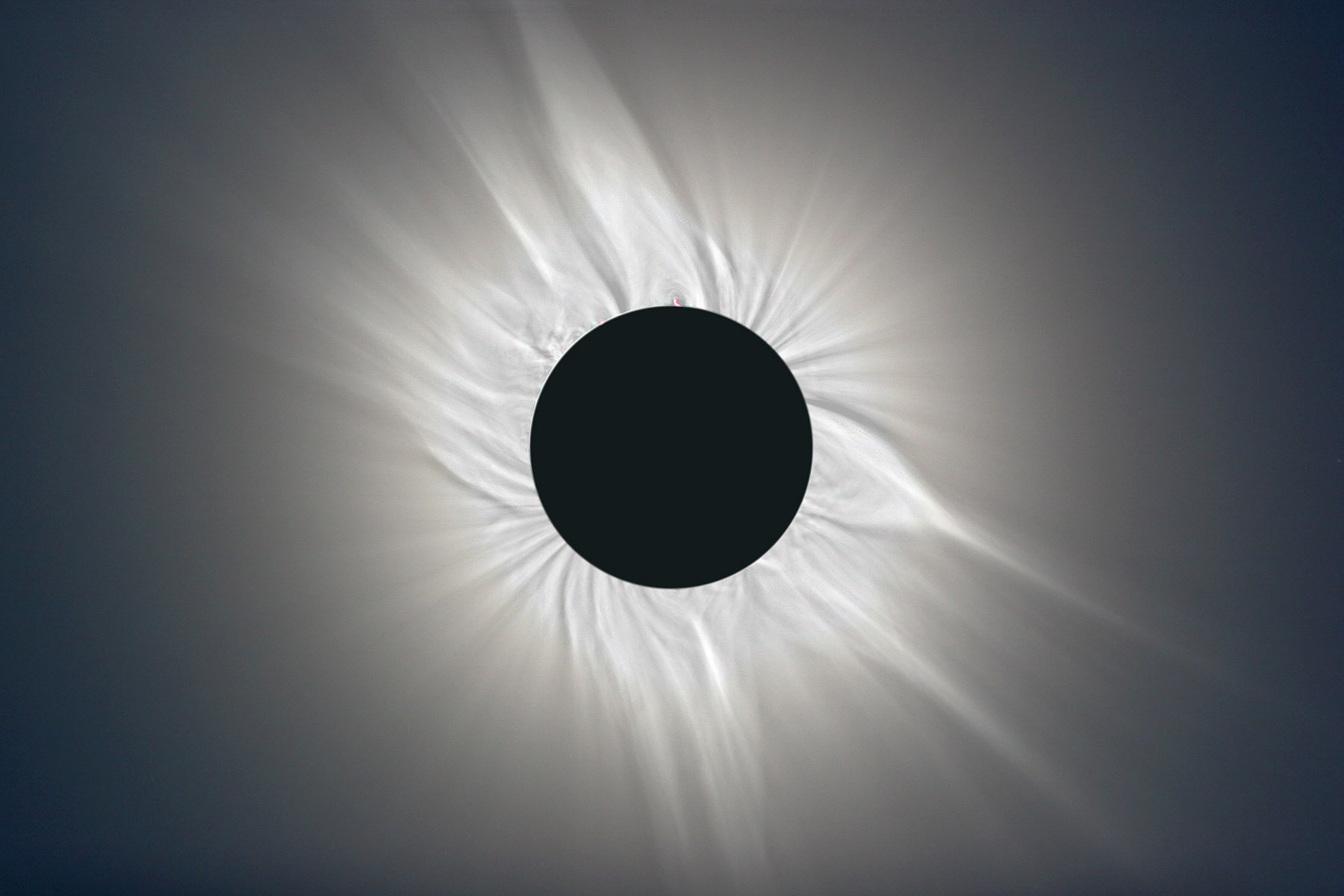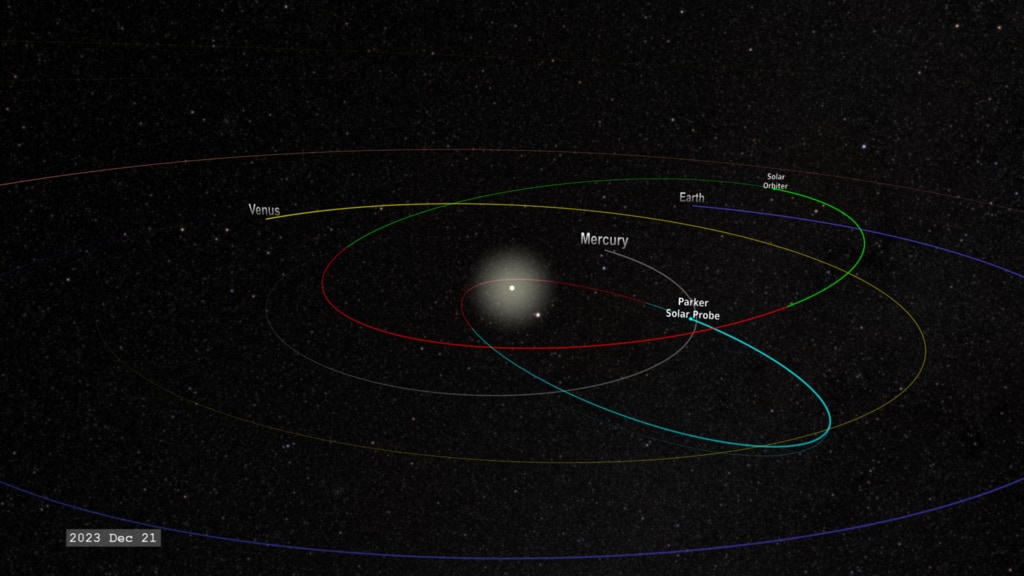Parker Solar Probe, NASA's Ambitious Drive to the Sun
The Sun, a source of light and energy for the Milky Way galaxy, is the primal reason for the existence of life on Earth. Besides this the Sun also has some mysteries inside it which have remained hidden as of now. But it looks like the scientists are determined to explore every possible nook and corner of the universe and thus make the human race less dependent on variations occurring in the nature. NASA's Parker Solar Probe is an active and suitable example for this.
 |
| Parker Solar Probe src:nasa |
NASA, the American space agency, has recently launched a solar probe named Parker Solar Probe with an aim to disclose the reason behind the abnormal behaviour of the Sun and its surroundings. The solar probe was launched on 12 August,2018 equipped with various high-end electronics to push the limits of the humans in space. The solar probe will be the first ever spacecraft to reach a distance of 3.8 million miles from the Sun.
Objective of the Mission-
 |
| Corona src:nasa |
The Sun is a huge source of energy for our solar system. The nuclear fusion reactions occurring in the Sun are responsible for this energy and raise its temperature to around 5800 K. But this temperature shows a very strange property. When we move away from the surface of the Sun to a distance of about 5 million miles, the temperature suddenly rises to around 1-3 million kelvins. This region is known as Corona discovered by Eugene Parker in mid-1950's. The sudden rise in temperature violates the general laws and creates confusion and uncertainty among the scientists. The Corona does not have a fixed boundary and keeps on fluctuating due to the magnetic flux. This leads to the generation of the Solar Wind, a stream of charged particles having energy from 0.5eV to 10eV. The solar wind has severe adverse effects on the communication systems and life on the Earth. So to reveal the cause of such effects and to study the behaviour of the Corona and the solar wind a solar probe was decided to be sent.
Technical Specifications of the Probe-
The seed of the solar probe mission had been sowed in 2009 when it was decided to prepare a spacecraft which could reach the Sun and record the details of the Corona and solar wind. A proper budget of $1.5 billion had been granted for the same. But the biggest obstacle in its way was that of a substance or shield that could bear the huge amount of heat up there and still keep the instruments in working condition.After 10 years of vigorous hardwork, the scientists were able to get a breakthrough. They made a shield, using Thermal Protecting System, of composite carbon-carbon foam between carbon sheets. The shield has a unique property of maintaining the temperature behind it at the room temperature(85 F/30 C) even if the temperature on the outer side may be millions of Fahrenheit. The outer part of the shield will only be raised to a temperature of 2500 degrees Fahrenheit.
 |
| Parts of Solar Probe |
The dimensions of the shield are 8 ft in diameter and 4.5 inches in thickness. The shield has been provided a hexagonal shape to provide maximum shadow to the equipments placed behind it. The instruments have been aligned at the center, behind the shield for maximum protection from the radiation. The front portion of the shield has been coated with white ceramic paint to reflect as much sunlight as possible.
The solar probe has been mounted with large number of sensors of half the size of a cell phone. These sensors have been fixed in a way that they remain under the shadow of the shield and when exposed to the sunlight they immediately respond it to the computer which tilts the direction of the spacecraft towards the Sun till the sensors are realigned and save the instruments on-board.
Besides this the spacecraft has a very well designed cooling system running all through it and saving the instruments from the heat. The coolant runs throughout the system and prevents heating. The spacecraft is provided with a heated tank and two radiators to prevent the coolant from freezing. Aluminium fins are also provided for the cause to increase the surface area of cooling. The coolant preferred for this purpose is none other than Water. The water in its deionised form is being used for cooling the appliances. The preference was given to water because of its high specific heat capacity and a high range of temperature it can manage(5 C-125 C). To prevent the freezing or boiling of water at the extremities, the pressurized state of water is being used here.
Trajectory of the Probe-
The solar probe has a long journey of 7 years till it finally settles around the Sun. During these 7 years the probe would have to mould and construct its path to the Sun. Hence solar probe would be taking the help of the gravity of Venus to construct its path. The probe will take 7 flybys around Venus to reshape its path to reach the nearest to the Sun. After 7 years the probe will finally achieve a desired orbit with the nearest approach to the Sun, unraveling all its mysteries.
 |
| Path of solar probe src:nasa |
Records Set by the Probe-
Even before achieving the objective, the Parker Solar Probe has already set some records in its name:
- It is first ever probe to be named after a person who is still alive. The solar probe has been named in respect of Mr. Eugene Parker, a physicist who was the first one to detect the presence of spiral magnetic field around the Sun(Corona) and the presence of the supersonic Solar Wind.
- It is the first ever spacecraft to reach this near to the Sun(3.8 million miles). This distance is 7 times less than the previous record.
- According to the team of scientists this spacecraft is "the most autonomous spacecraft that has ever flown". This is said because of the fact that the light takes 8 minutes to reach the Earth from the Sun. So till the time the scientists would be able to take control, some loss would have been happened to the spacecraft. Hence it has been in a way to manage itself in every possible condition.


Comments
Post a Comment